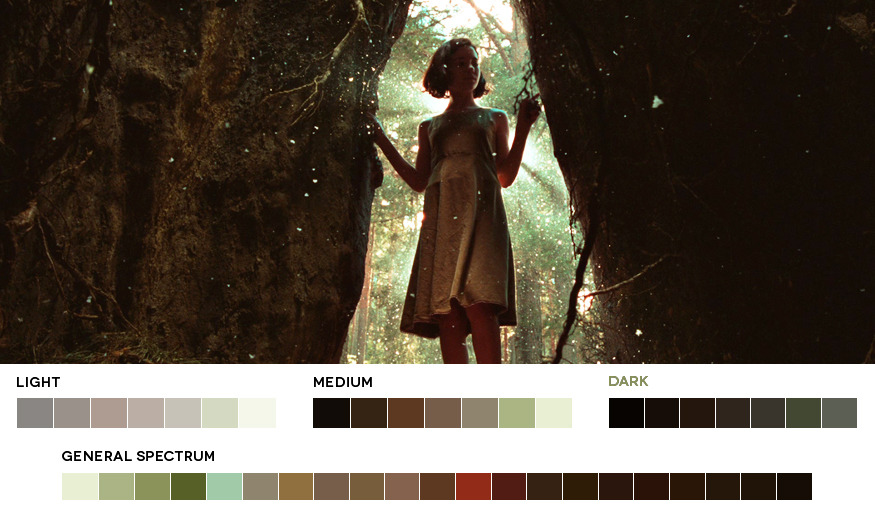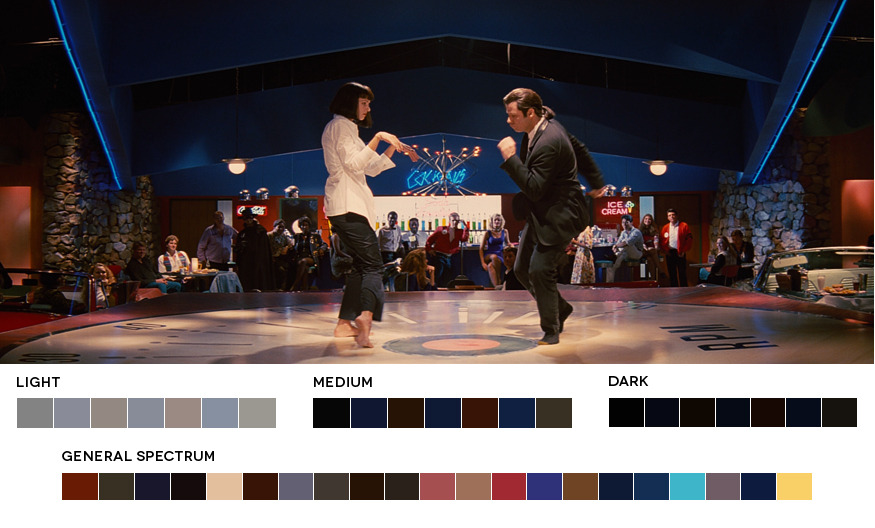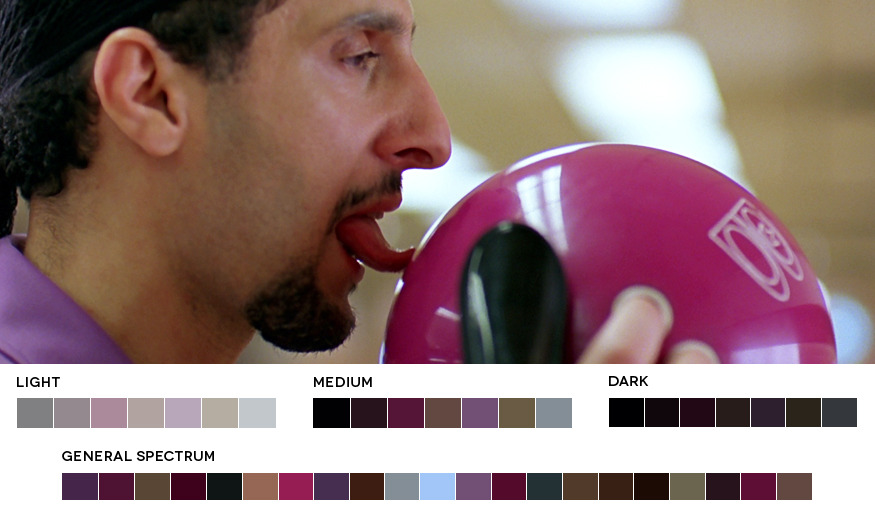Hi guys! I thought I'd share with you this great and useful guide to acrylics for beginners by,
Marion Boddy-Evans. Marion shares some great basics for Acrylic beginners and I thought I'd share these techniques with you guys!
Acrylics are extremely versatile, fast-drying paints, and can be used straight from the tube like oils or thinned with water or a medium and used like watercolors. And a lot in-between. Here are a few tips to help you get started painting with acrylics.
Tip 1: Keeping Acrylic Paints Workable
Because acrylics dry so fast, squeeze only a little paint out of a tube at a time. If you're using a 'normal' plastic palette invest in a spray bottle so you can spray a fine mist over the paint regularly to keep it moist, and thus usable. 'Stay-wet' palettes – where the paint sits on a sheet of wax paper place on top of a damp piece of watercolor paper – eliminate the need to do this, but generally don't have a hole for your thumb so are more awkward to hold in your hand.
Tip 2: Blot your Brushes
Keep a piece of paper towel or cloth next to your water jar and get into the habit of wiping your brushes on it every time you rise them. This prevents water drops running down the ferrule and onto your painting, making blotches.
Tip 3: Opaque or Transparent Colors
If applied thickly – either straight from the tube or with very little water added – or if mixed with a little titanium white, all acrylic colors can be opaque. If diluted, they can be used like watercolors or for airbrushing.
Tip 4: Acrylic vs Watercolor Washes
When an acrylic wash dries, it's permanent and, unlike a watercolour wash, is insoluble and can be over-painted without fear of disturbing the existing wash. The colors of subsequent washes mix optically with the earlier ones. A watercolor glaze can be lifted out using water and a cloth.
Tip 5: Think Thin When Thinking Glazes
If you want transparent glazes, these should be built up in thin layers, so the colors beneath show through. Use the brush to spread the paint out thinly across the surface.
Tip 6: Improve Flow Without Losing Color
To increase the flow of a colour with minimal loss of color strength, use flow-improver medium rather than just water.
Tip 7: Blending
Because acrylics dry rapidly, you need to work fast if you wish to blend colors. If you're working on paper, dampening the paper will increase your working time.
Tip 8: Hard Edges
Masking tape can be put onto and removed from dried acrylic paint without damaging an existing layer. This makes it easy to produce a hard or sharp edge. Make sure the edges of the tape are stuck down firmly and don't paint too thickly on the edges, otherwise you won't get a clean line when you lift it.
Tip 9: Washing-up Liquid with Masking Fluid
Masking fluid or frisket can be used with acrylics washes, as well as with watercolors. Be sure it's completely dry before you paint over it, and don't paint too thickly over it or you'll have to scratch away the paint to get to the masking fluid. Masking fluid will work on paper and canvas, but do try it out first before using it in a painting to get a feel for it. Once masking fluid has dried in a brush, it's nearly impossible to remove. Dipping a brush into some washing-up liquid first makes it easier to wash masking fluid out of a brush.
Tip 10: Using Acrylic Paint as a Glue for Collage
Provided it's used fairly thickly and the item to be stuck isn't too heavy, acrylic paint will work as a glue in a collage. Simply apply some to the surface, like you would glue.

































